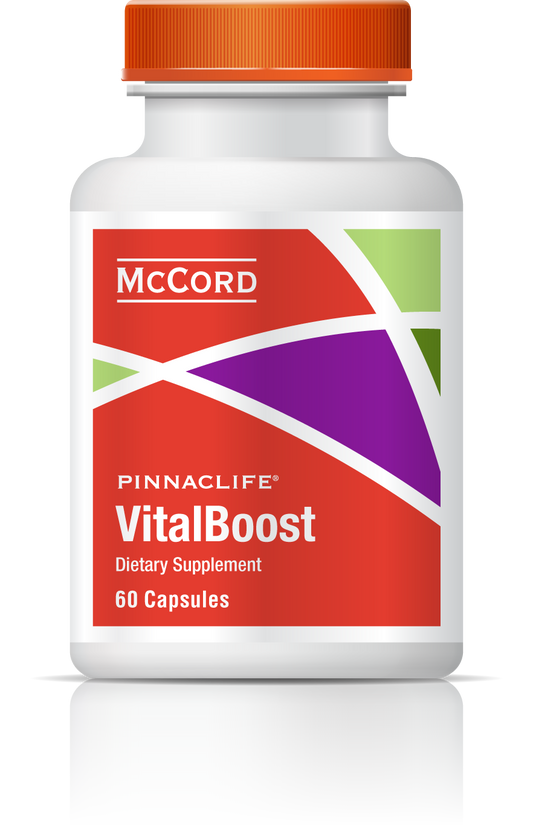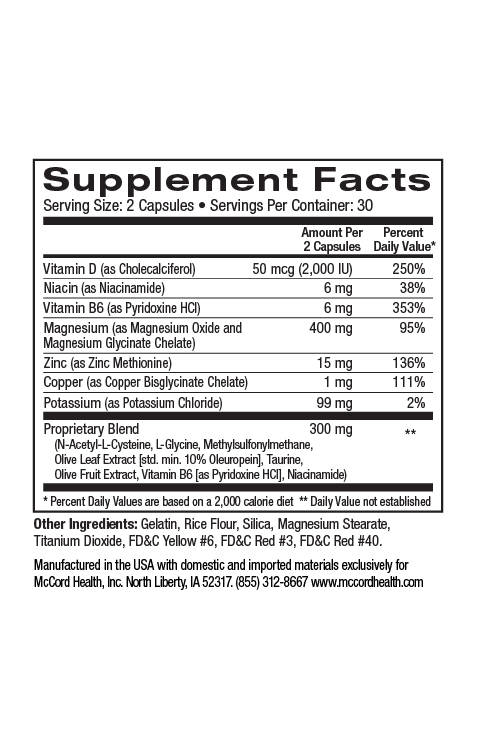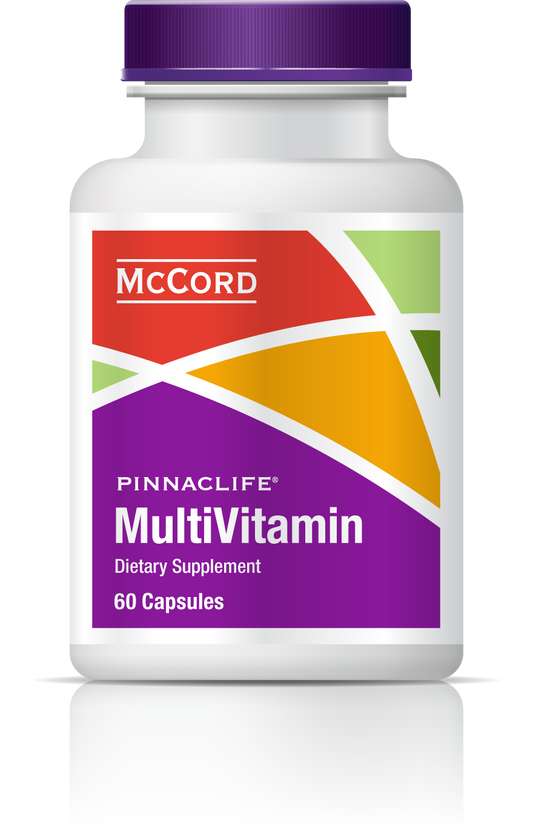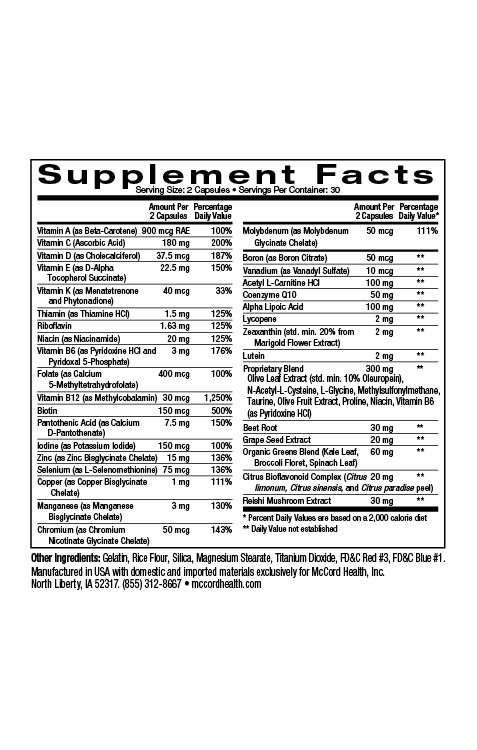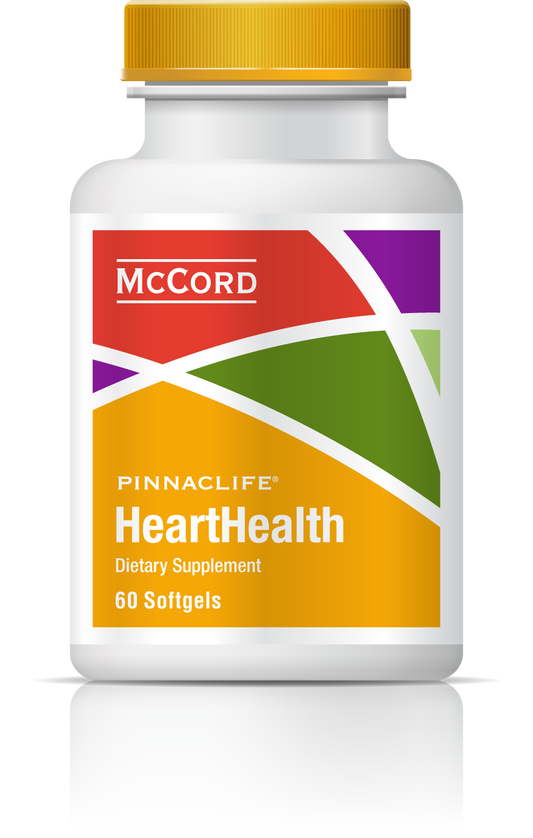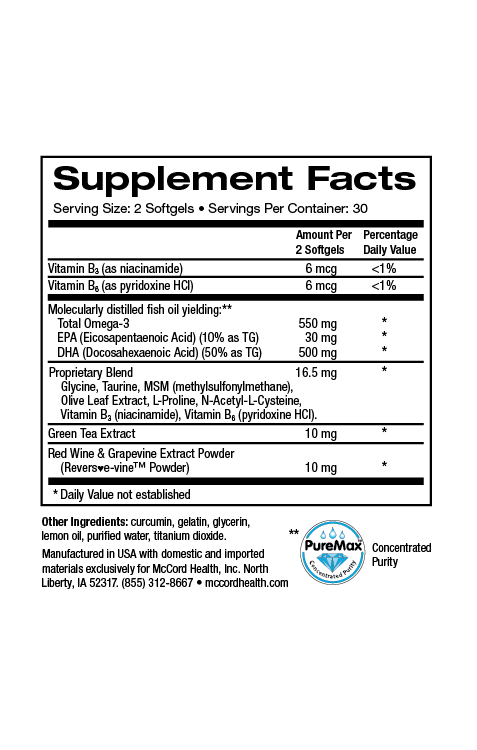The stratum corneum or uppermost layer of the epidermis has been described of as consisting of bricks and mortar. Long thought of as an inactive layer of dead skin cells, in contrast, the stratum corneum is highly dynamic. The bricks are the corneocytes or differentiated keratinocytes that are tightly connected by links called corneodesmosomes and the mortar is the extracellular space composed of highly ordered lamellar lipids that form membranes. The lipids within the extracellular spaces help provide a barrier to moisture and electrolyte loss from the skin that is absolutely required for survival. These lipids include ceramides, cholesterol, and fatty acids.
Viniferamine® skin and wound care products like Renewal Moisturizer contain ingredients that protect skin lipids and enhance the barrier function of skin to help prevent excessive transepidermal water loss (eTEWL). Oleuropein, an olive polyphenol found in Viniferamine®, has been shown to reduce TEWL indicating it’s ability to increase skin barrier function. Evidence also indicates that melatonin, another important ingredient in Viniferamine® skin and wound care products, has a stimulatory role in building and maintaining the epidermal barrier.
The lipids that form the extracellular lamellar membranes are secreted from lamellar bodies produced by keratinocytes as they differentiate into corneocytes. Interestingly, a calcium gradient exists within the epidermis consisting of higher levels of extracellular calcium found in the upper layers of the epidermis. When the skin barrier is disrupted, increased water movement through the stratum corneum causes decreased calcium in lower levels that stimulates lamellar body synthesis and secretion of lipids. This normal skin response is in place to assure that impairments in barrier function are corrected.
Not so surprising, there are seasonal changes in lipid levels and in the types of lipids that are found in the stratum corneum. This helps explain why dry skin is more common in the winter. Also, bathing with soap can decrease the stratum corneum levels of ceramides that leads to moisture loss in the skin. The dry, flaky appearance of skin that has lost moisture content is also a result of the failure of skin to shed properly (desquamate). In addition, low ceramide levels are associated with eczema, dermatitis and aging.
Proper balance of ceramides, cholesterol, and fatty acids are important for maintaining the barrier function of skin. Scientific studies have shown that nicotinamide, another name for niacinamide (found in Viniferamine® skin and wound care products) can increase the biosynthesis of ceramides as well as other stratum corneum lipids to improve the epidermal barrier. In addition, phospholipids (found in Viniferamine® Clean N Moist) are capable of forming lamellar lipid phases, which makes them beneficial in skincare treatments.
Viniferamine® Clean N Moist contains phospholipids to help preserve the barrier function of skin. In addition it contains dimethicone to provide another protective barrier. The chemistry of Cleansing N Moist corresponds with the chemistry of skin. It is also perfectly pH balanced to ensure the most fragile skin is gently cleansed without causing irritation. The use of phospholipids, organic phytonutrients, organic shea butter, and other vital nutrients provide nourishment and revitalize skin that has lost its healthy glow. In fact, for many individuals, this single product is all that is necessary to cleanse, moisturize, nourish and provide a protective barrier.
Lamellar bodies contain phospholipids, glucosylceramides, sphingomyelin, cholesterol and numerous enzymes that metabolize the lipids to form lamellar membranes. Recently it has been shown that antimicrobial peptides are also present in lamellar bodies. Interestingly, cholesterol, which is also important for vitamin D synthesis, has been shown to induce the expression of antimicrobial peptides.
Antimicrobial peptides secreted from lamellar bodies with lipids protect skin against pathogens. The major antimicrobial peptide cathelicidin (CAMP) is also a multifunctional modulator of immune responses. Studies have shown that CAMP expression increases following wounding, oxidative stress, and epidermal barrier disruption. Ceramide generated during epidermal stress also stimulates CAMP production. In addition, a recent study revealed that resveratrol, a grape polyphenol found in Viniferamine® skin and wound care products, stimulates CAMP production. Furthermore, media from keratinocytes treated with resveratrol significantly suppressed Staphylococcus aureus growth, suggesting that resveratrol-induced production of CAMP leads to enhanced antimicrobial defense against microbial pathogens.
It’s good to know that Viniferamine® skin and wound care products contain beneficial ingredients that protect skin lipids, enhance skin barrier functions and help protect skin against microbial pathogens.
About the author: Nancy Ray, PhD is the Science Officer at McCord Research. Dr. Ray received her PhD in Biochemistry and Biophysics and was a postdoctoral fellow at NIH, Harvard University and Dana-Farber Cancer Institute, and the University of Iowa. She also earned bachelor of science degrees in Chemistry and Microbiology.
References
- Br J Dermatol 2014; 171: 19-28.
- J Lipid Res 2007; 24: 2531-2546.
- Int J Cosmet Sci 2008; 30: 113-120.
- FASEB J 2013; 27: 2742-2755.
- J Lipid Res 2009; 50: S417-S422.
- J Soc Cosmet Chem 1996; 47: 27-39.
- Exp Dermatol 2009; 18: 680-688.
- Nat Med 2006; 12: 388-390.
- Br J Dermatol 2000; 143: 524-531.
- J Invest Dermatol 2013; 133: 1942-1949.
Disclaimer: These statements have not been reviewed by the FDA. The decision to use these products should be discussed with a trusted healthcare provider. The authors and the publisher of this work have made every effort to use sources believed to be reliable to provide information that is accurate and compatible with the standards generally accepted at the time of publication. The authors and the publisher shall not be liable for any special, consequential, or exemplary damages resulting, in whole or in part, from the readers’ use of, or reliance on, the information contained in this article. The publisher has no responsibility for the persistence or accuracy of URLs for external or third party Internet websites referred to in this publication and does not guarantee that any content on such websites is, or will remain, accurate or appropriate.
